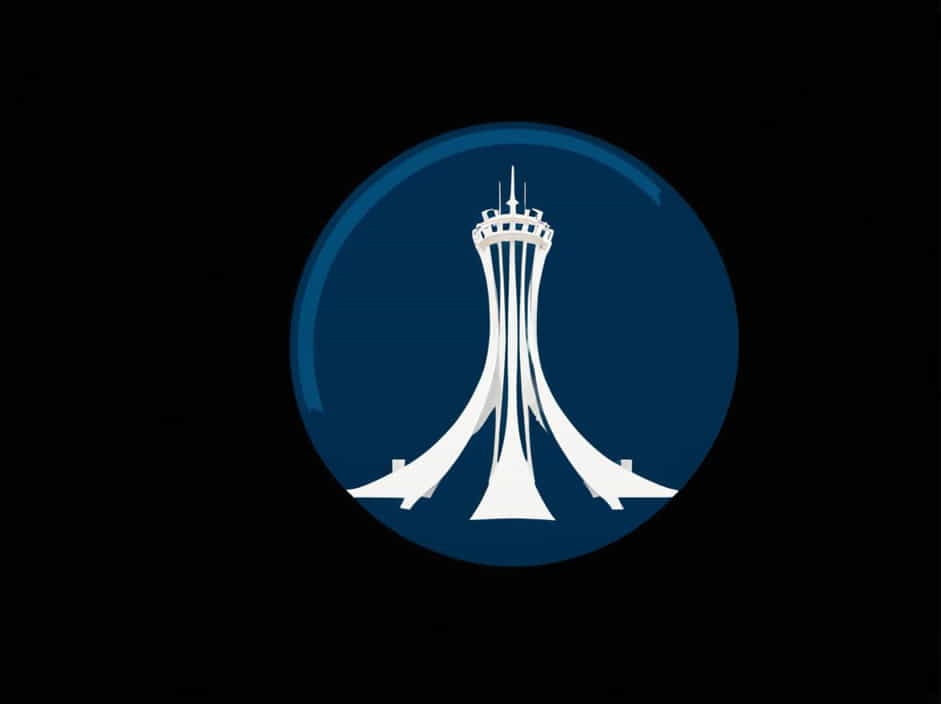Brasília, the capital of Brazil, is often considered the ultimate modernist city. Built from scratch in the late 1950s, Brasília represents a bold vision of urban planning, futuristic architecture, and modernist ideals. Designed by Lúcio Costa and featuring iconic buildings by Oscar Niemeyer, the city stands as a symbol of innovation and progress.
But what makes Brasília the ultimate modernist city? This topic explores its history, design, and significance, highlighting why it remains one of the most extraordinary urban projects in the world.
The Vision Behind Brasília
Why Was Brasília Built?
Before Brasília, Rio de Janeiro served as Brazil’s capital. However, the government wanted a centrally located city to promote national development and reduce coastal dominance.
In 1956, President Juscelino Kubitschek launched an ambitious plan: build a brand-new capital in the heart of Brazil. This would reflect modernist principles, emphasizing order, efficiency, and a break from historical urban congestion.
Lúcio Costa’s Master Plan
Urban planner Lúcio Costa designed Brasília’s layout, using a unique “Plano Piloto” (Pilot Plan) concept. The city’s shape resembles an airplane or a bird, symbolizing movement and progress.
Costa’s design prioritized:
- Zoning – Separation of residential, commercial, and administrative areas.
- Green spaces – Integration of nature within urban planning.
- Wide avenues – Designed for efficient traffic flow.
- Monumental Axis – A grand boulevard featuring government buildings and landmarks.
The Modernist Architecture of Brasília
Oscar Niemeyer’s Iconic Buildings
Brasília is famous for its futuristic, sculptural buildings, designed by Oscar Niemeyer, one of the greatest modernist architects. His work combines bold curves, open spaces, and reinforced concrete, creating a futuristic aesthetic.
Key landmarks include:
1. National Congress Building
The twin towers of the National Congress, flanked by bowl-shaped domes, are one of Brasília’s most recognizable images. The design represents balance between power and democracy.
2. Cathedral of Brasília
A masterpiece of religious architecture, this hyperboloid structure features 16 curved concrete columns that rise dramatically towards the sky, symbolizing hands reaching toward heaven.
3. Palácio da Alvorada
The official presidential residence, with its floating columns and minimalist elegance, reflects Niemeyer’s vision of simplicity and sophistication.
4. Palácio do Planalto
The seat of the executive branch, this building’s clean horizontal lines and white columns give it a sense of transparency and openness.
A City Designed for the Future
Unlike traditional cities that evolved over centuries, Brasília was planned with a futuristic vision. The emphasis on functionality, open spaces, and vehicular traffic made it an early prototype of the modern metropolis.
Why Brasília Is a Masterpiece of Modernism
1. A City Built on Modernist Ideals
Brasília embodies the principles of modernist urban planning, including:
- Form follows function – Buildings and layouts are designed for efficiency.
- Minimalist aesthetics – Simple, geometric forms dominate the skyline.
- Separation of spaces – Residential, commercial, and political zones are clearly defined.
2. Designed for Cars, Not Pedestrians
Brasília was built in an era that prioritized the automobile. Unlike older cities with narrow streets and pedestrian-friendly centers, Brasília has:
- Wide highways and roundabouts for smooth traffic flow.
- Few sidewalks and pedestrian areas, making cars the dominant mode of transport.
- Large distances between buildings, reinforcing the reliance on vehicles.
3. A UNESCO World Heritage Site
In 1987, Brasília was declared a UNESCO World Heritage Site due to its unparalleled modernist design. It remains one of the few entire cities recognized as a cultural landmark.
The Challenges of Brasília’s Design
While Brasília is celebrated for its design, it also faces urban challenges:
- Lack of walkability – The emphasis on cars makes everyday movement difficult for pedestrians.
- Social inequality – Many lower-income residents live in satellite cities outside the planned area.
- Urban sprawl – Expansion beyond the original design has created traffic and infrastructure issues.
Despite these challenges, Brasília remains a symbol of modernist ambition, continuing to inspire urban planners and architects worldwide.
Brasília is more than just Brazil’s capital—it is a living monument to modernist architecture and urban planning. Its unique layout, futuristic buildings, and ambitious vision make it the ultimate modernist city.
Even decades after its construction, Brasília continues to fascinate architects, historians, and visitors, standing as a bold experiment in how cities of the future could be designed.
